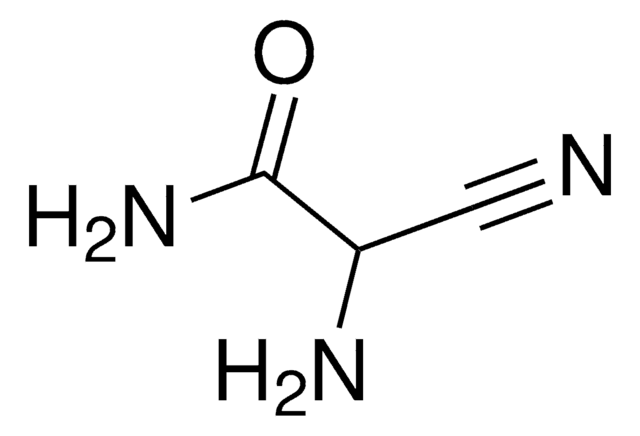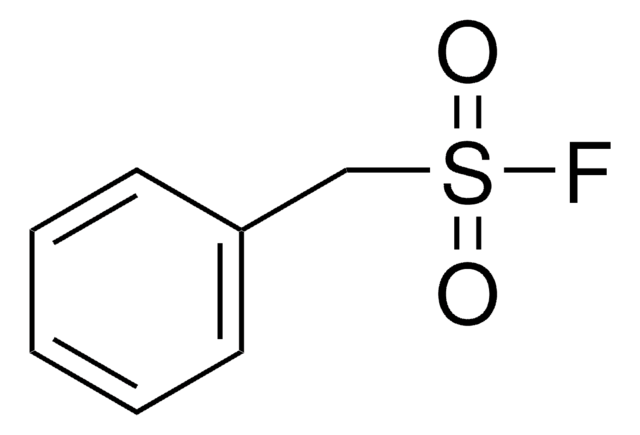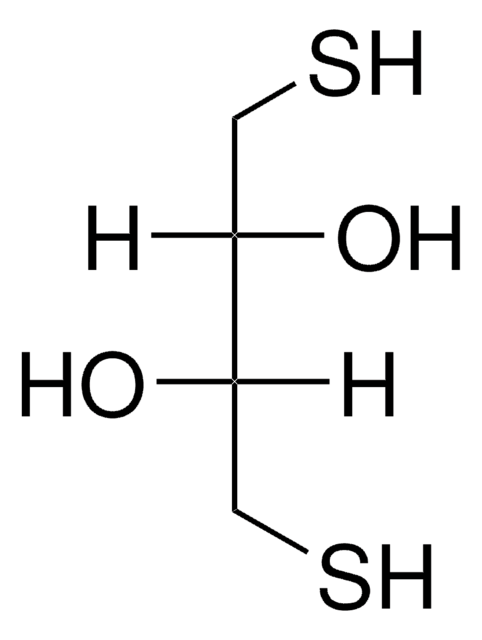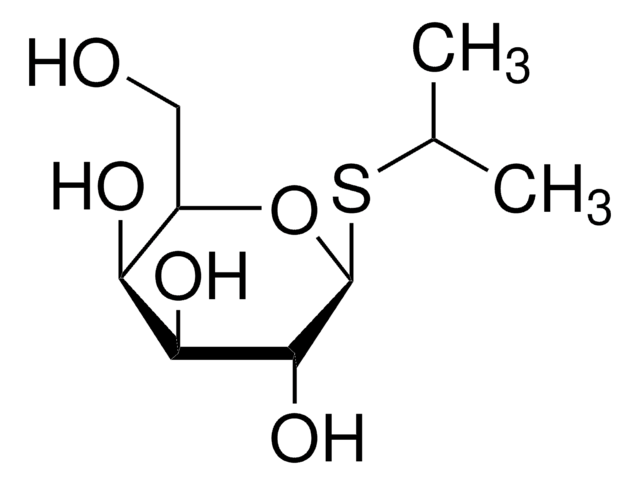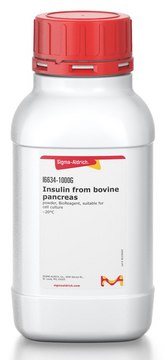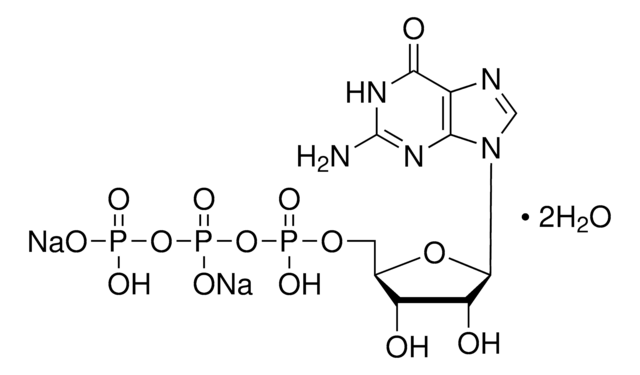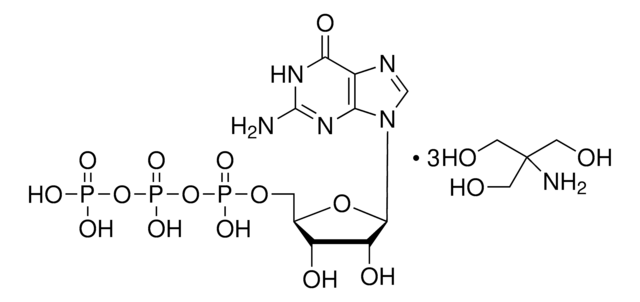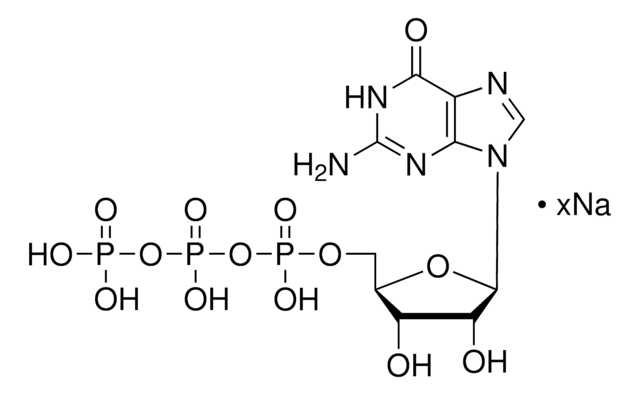OGS412
PSF-OXB20-FLUC - BACTERIAL LUCIFERASE PLASMID
plasmid vector for molecular cloning
Synonym(s):
cloning vector, expression vector, molecular cloning vector, plasmid, plasmid vector, snapfast vector, vector
Select a Size
CN¥2,452.68
Estimated to ship onApril 27, 2025Details
Select a Size
About This Item
CN¥2,452.68
Estimated to ship onApril 27, 2025Details
Recommended Products
form
buffered aqueous solution
mol wt
size 5475 bp
bacteria selection
kanamycin
Origin of replication
pUC (500 copies)
Peptide cleavage
no cleavage
Promoter
Promoter name: OXB20
Promoter activity: constitutive
Promoter type: bacterial
reporter gene
firefly luciferase
shipped in
ambient
storage temp.
−20°C
1 of 4
This Item | G9002 | G8877 | G3776 |
|---|---|---|---|
| assay >90% (HPLC) | assay ≥93% (HPLC) | assay ≥95% (HPLC) | assay ≥95% (HPLC) |
| form crystals | form powder | form powder | form liquid |
| Quality Level 100 | Quality Level 200 | Quality Level 200 | Quality Level 300 |
| manufacturer/tradename Roche | manufacturer/tradename - | manufacturer/tradename - | manufacturer/tradename - |
| mol wt Mr 523.2 (GTP), Mr 567.1 (GTP-Na2) | mol wt - | mol wt - | mol wt - |
| storage condition avoid repeated freeze/thaw cycles | storage condition - | storage condition - | storage condition - |
General description
Promoter Expression Level: PSF-OXB20-FLUC - BACTERIAL LUCIFERASE plasmid contains a constitutive bacterial promoter that does not require induction. It is the strongest bacterial promoter we sell and this can cause solubility and expression problems with some proteins. We also offer a range of other bacterial promoters that are compatible with this plasmid and are available on request.
Application
By positioning all of our genes in the same location it allows them to be transferred between plasmids using the same cloning method and restriction sites regardless of the plasmid being used from our product range. Inserting a new gene into this plasmid should be easily possible using a range of standard restriction enzyme sites that flank the gene currently in the vector.
Multiple cloning site notes: In the multiple cloning site there are two important restriction sites called BsgI and BseRI sites. These sites both cut the DNA at the same position and cleave the stop codon of the gene in the multiple cloning site in this plasmid thereby producing a TA overhang. This overhang is compatible with any of our peptide or reporter fusion tag plasmids also cut with either of these enzymes. This allows seamless C-terminal fusions to be made with the gene in this multiple cloning site using a single cloning step from our C-terminal peptide and reporter tag product range. Normally the easiest method is to clone the C-terminal tag from our other plasmid products into this plasmid using BsgI or BseRI and the downstream ClaI restriction site.
BseRI and BsgI sites are non-palindromic and cleave a defined number of bases away from their binding sites. This allows them to cut the upstream stop codon in the gene in this plasmid regardless of the gene sequence.
Sequence
Analysis Note
related product
Storage Class Code
12 - Non Combustible Liquids
Flash Point(F)
Not applicable
Flash Point(C)
Not applicable
Regulatory Information
Choose from one of the most recent versions:
Certificates of Analysis (COA)
It looks like we've run into a problem, but you can still download Certificates of Analysis from our Documents section.
If you need assistance, please contact Customer Support.
Already Own This Product?
Find documentation for the products that you have recently purchased in the Document Library.
Articles
SnapFast™ plasmid system eliminates restriction sites in DNA sections, ensuring flexibility and functionality in molecular cloning..
Versatile sequencing primers enable sequencing of inserts in plasmids at specific positions, aiding in molecular biology research.
Plasmid platform with interchangeable DNA components offers versatile research tools for genetic studies.
Our team of scientists has experience in all areas of research including Life Science, Material Science, Chemical Synthesis, Chromatography, Analytical and many others.
Contact Technical Service